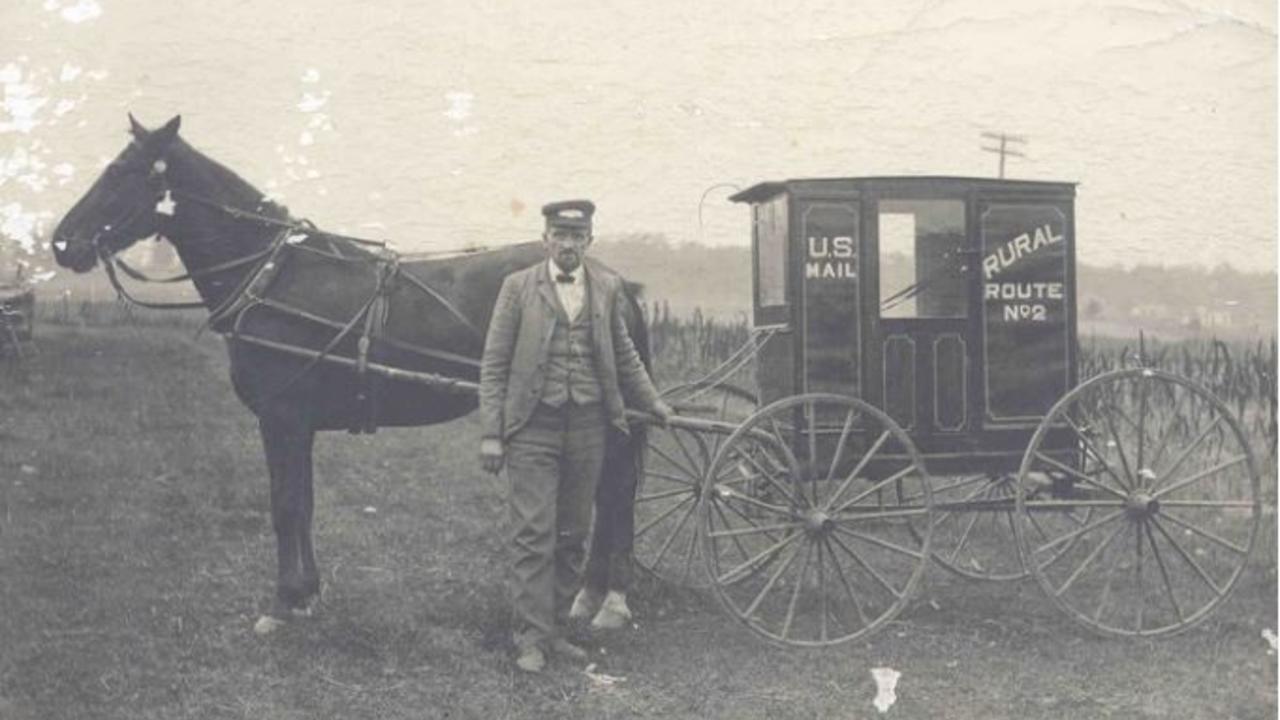Post-ing a Profit

Private vs Public Approaches to Success
By Luigi Rosabianca of Shield Advisory Group
On July 26, 1775, members of the Second Continental Congress, meeting in Philadelphia, agreed…
That a postmaster General be appointed for the United Colonies, who shall hold his office at Philadelphia, and shall be allowed a salary of 1000 dollars per annum: for himself, and 340 dollars per an: for a secretary and Comptroller, with power to appoint such, and so many deputies as to him may seem proper and necessary. That a line of posts be appointed under the direction of the Postmaster general, from Falmouth in New England to Savannah in Georgia, with as many cross posts as he shall think fit.
This simple statement signaled the birth of the Post Office Department, the predecessor of the U.S. Postal Service. Our Founding Fathers appreciated the need for an expedient mail delivery service for the promotion of business and communications. Over the next century, the U.S. Post Office was the paradigm of innovation and technological advancement. Fulton’s steamboat carried mail as early as November 1808. Initially letters were carried either unofficially by crew and passengers, whereby postmasters at ports of call gave ship captains two cents for each letter and then charged letter recipients six cents postage. The Post Office Department recognized the value of rail to move mail as early as November 30, 1832, when stagecoach contractors on a route from Philadelphia to Lancaster, Pennsylvania, were granted an allowance of $400 per year “for carrying the mail on the railroad as far as West Chester from December 5, 1832.” In 1835, while railroads accounted for only 1% of mail transportation and connected only two major cities — Washington and Baltimore- Postmaster General Amos Kendall predicted that “ the multiplication of rail-roads will form a new era in the mail establishment. “ The Service was an impetus for the connecting of the Continent by rail. On April 3, 1860, the Pony Express began its run through parts of Missouri, Kansas, Nebraska, Colorado, Wyoming, Utah, Nevada, and California. On average, a rider covered 75 to 100 miles daily. He changed horses at relay stations set 10 to 15 miles apart, swiftly transferring himself and his mochila (a saddle cover with four pockets or cantinas for mail) to the new mount. The first mail by Pony Express from St. Joseph to Sacramento took ten days, cutting the overland stage time by more than half. The fastest delivery was in March 1861, when President Abraham Lincoln’s inaugural address was carried from St. Joseph to Sacramento in 7 days and 17 hours. Various innovations such as postcards in 1873 as well as the zip code system in 1963 further expanded our communications network. However, atrophy had set into the U.S. Post Service. Today, the Post Office is synonymous with budgetary malfeasance, poor service, and tardy delivery.
Meanwhile, back at the ranch …
Federal Express was founded in Little Rock, Arkansas in 1971 — who, interestingly writes a term paper outlining a system to accommodate urgent, time-sensitive shipments. He receives an average grade. Sidebar: “Those than can, do. Those that cannot, teach”. On the first night of continuous operation in 1973, 389 Federal Express team members and 14 Dassault Falcon jets deliver 186 packages overnight to 25 U.S. cities. In 1981, the Overnight Letter is introduced and international delivery to Canada commences. This year, their first World Hub opens adjacent to the Memphis International Airport. Flying Tigers is acquired in 1989 to expand its international presence. In 1994 the company is rebranded to “FedEx”. Over the next decade, FedEx acquires Bongo International, GENCO, TNT Express, among others, to broaden its global presence and reach. Today, FedEx’s massive package sortation footprint, immense air and delivery fleet, and global operations knit together a presence that is extraordinarily difficult to replicate. As of this writing the FedEx (FDX) market capitalization is circa USD $65B.
In 1907 Jim Casey and Claude Ryan start American Messenger Company — which eventually becomes the world’s largest package delivery company, UPS. UPS briefly offers delivery by air, using private airlines to carry packages long distances. UPS ends the service in 1931. Despite the Depression, UPS begins deliveries and moves its headquarters to New York City. Throughout the next two decades UPS launches retail delivery services in Chicago, Cincinnati, Milwaukee, Minneapolis, and Philadelphia.in the post-WWII era, UPS begins to make great strides in growing its “common carrier” service. Within a few decades, common carrier rights allow UPS to compete with the U.S. Postal Service and deliver packages between all customers both private and commercial in the Midwest, Southeast, and Northeast U.S. In 1975 UPS goes abroad for the first time by offering services in Toronto, Canada. Services begin in West Germany the following year. In 2001 UPS ratchets up its technology by acquiring Mail Boxes Etc., Inc., later re-named The UPS Store. The acquisition of Overnite in 2005 expands UPS’s ground freight services, resulting in the formation of UPS Freight. In 2011, UPS My Choice tool launches, allowing customers to schedule deliveries based on their preferences. As of this writing the UPS (UPS) market capitalization is circa USD $138B.
Today, both FedEx as well as UPS are mainstays in the Fortune 500 and are investor darlings due to heir regularity of dividend issuance. Moreover, they are highly regarded for their quality approach to service and employee compensation and benefit packages. In brief, textbook case studies on sound business practices. These firms were created, expanded, and flourished in the wake of the U.S. Post Office. To expand my sailing analogy, FedEx and UPS are now sailing upwind with full sails while the Post Office’s ship is taking on water.




